Take a drive to the California Auto Museum and other places in Old Sacramento
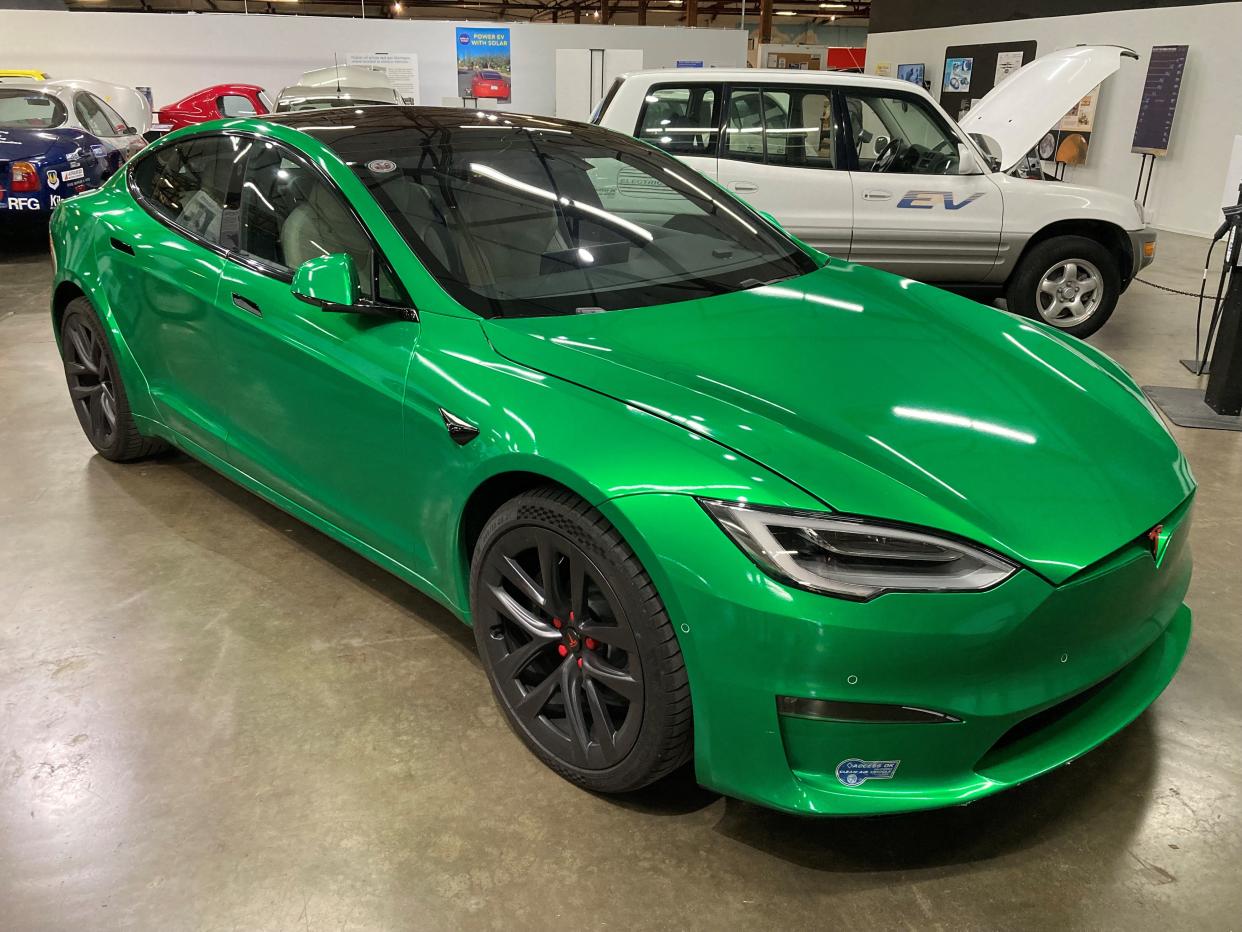
Two museums north and south of Old Sacramento bring fresh perspective and ideas to the other half-dozen museums in Old Sacramento, which preserves the days of Sacramento’s Gold Rush history and is home to more than 50 historic buildings.
Just south of Old Sacramento, the California Auto Museum, 2200 Front St., is attracting crowds with a special exhibit featuring a display of 20 early and current electric and steam-powered cars. The museum is home to 130 classic and vintage autos ranging from cars from the brass era of the early 1900s, right up to 1960s/'70s muscle cars, racing cars and noteworthy cars of the past 30 years.
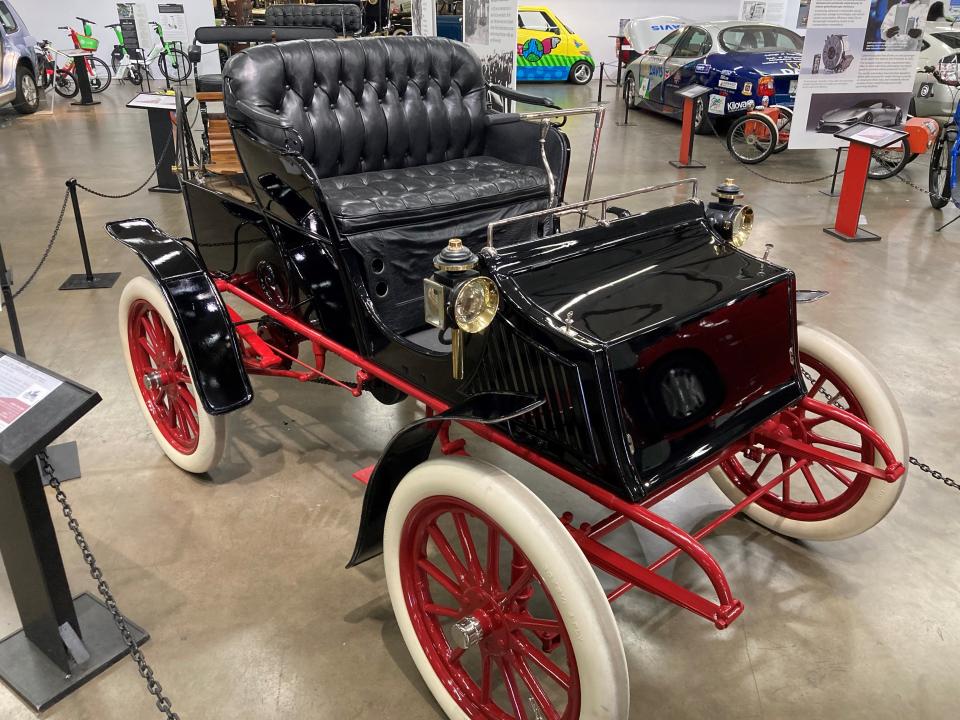
The special exhibit starts at the dawn of the automotive age in late 1800s, when both U.S. and European manufacturers experimented with electric, steam and kerosene or gasoline-powered vehicles. Each had advantages and disadvantages.

By 1897, the first motorized taxis in New York City were electric; a few years later, more than 1,000 of them roamed city streets. The first hybrid electric car was built in 1899 by Porsche, which built over 300 of these vehicles.
Earlier, in 1886, Karl Benz patented his “vehicle powered by a gas engine,” providing the birth of gasoline-powered cars. In 1897 Ransom Olds would begin the Olds Motor Works and introduced the 1901 Oldsmobile Model R “curved dash” auto, becoming the first mass-produced gasoline car in America.
In the early 1900s, U.S. oil discoveries lead to a boom in production of energy – dense, easily portable and inexpensive gasoline-powered cars would take the lead. With Henry Ford’s assembly line churning out thousands of Model Ts, by the 1920s half the autos in America were Ford-built gasoline-powered cars.
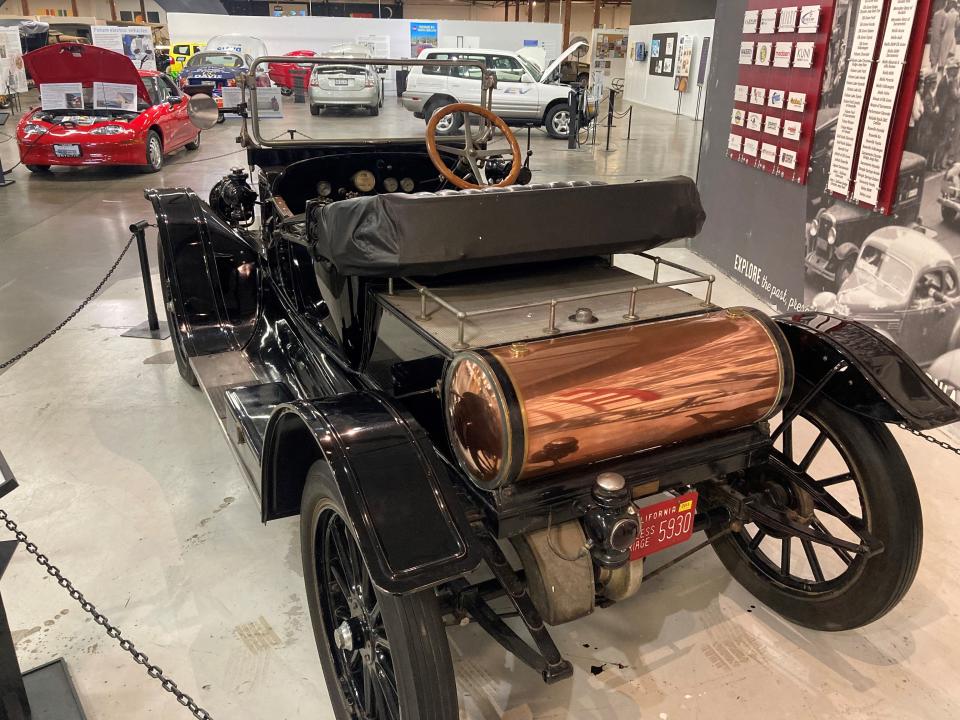
Particularly interesting autos in the special exhibit are the electric Tesla Plaid Roadster (fastest production car in the world, zero to 60 in under two seconds), a 1905 Studebaker electric, a 1914 Stanley Steamer, the tiny 2004 Tango electric and a 1901 Locomobile steamer.
On the north edge of Old Sac is the new SMUD Museum of Science and Curiosity (MOSAC), at 400 Jibboom St., Sacramento. The space, science and technology museum occupies the rehabilitated 114-year-old PG&E Power Station, with a restaurant and educational center, a planetarium, and a new open-space park area with amphitheater. The venerable California Railroad Museum and Sacramento History Museum are just a few blocks south.
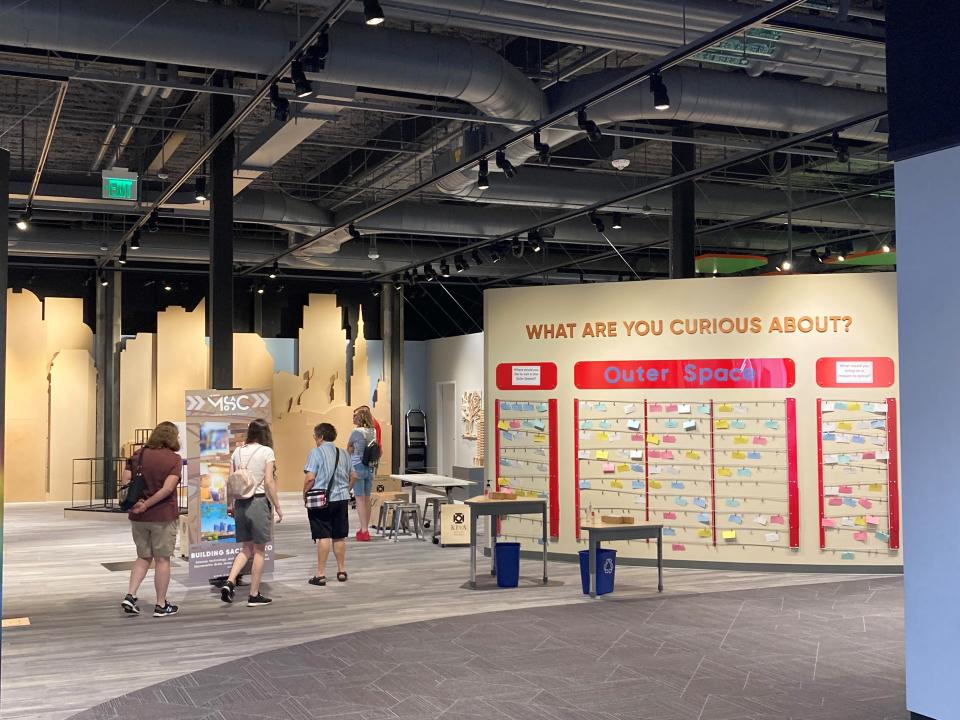
MOSAC is a noteworthy public-private partnership of city of Sacramento, SMUD and the Powerhouse Science Center to transform the old power station into a dynamic regional destination. With a modern facility to bring K-12 schools, colleges, universities, museums, and other community resources together build a Science, Technology, Engineering, Art and Math (STEAM) learning ecosystem and help inspire students to enter STEAM careers, it appears on its way. Just a few of the special exhibits designed to reach youth, young adults and families, include:
Design Challenge Zone: Kids can build a device that climbs a column of air, build the fastest car prototype to race down the track or make wearable art out of fabrics.
The Water Challenge; an exhibit that pictures and explains the complicated network of technical in a stork canals and reservoirs of the state, as well as the challenge of global warming, droughts and floods. This exhibit shows the story of water becoming life, and emphasizes preserving this natural resource for future generations.
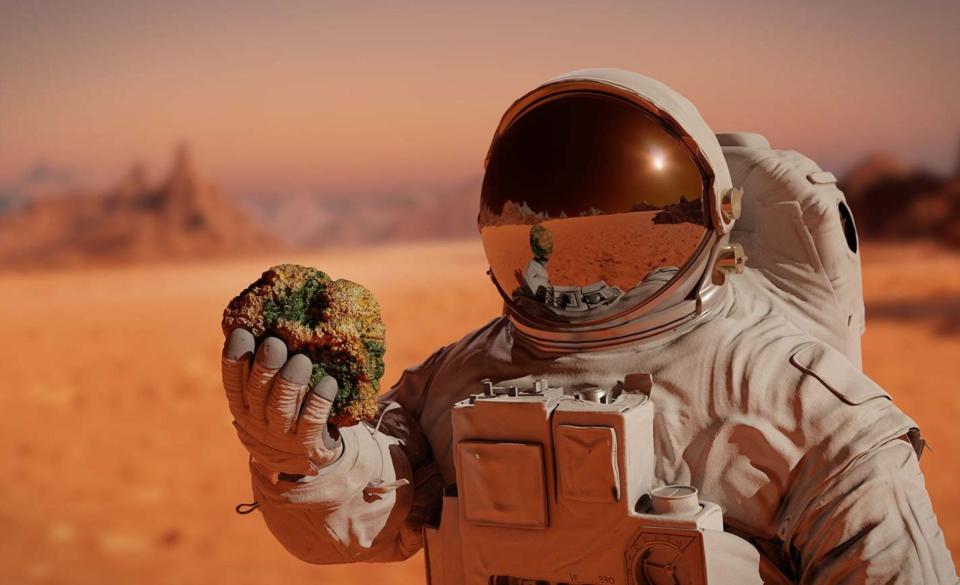
Destination Space: This exhibit allows one to pilot the Mars Rover and test out rocket propulsion from the bridge of the International Space Station. It aims to energize kids to ask “what’s next“, how we can manage water and food to allow humans to prosper in outer space. Two museum docents suggested pre-teens can be entertained for one to many hours, depending on the kid. When I get a chance to tour with grandson Jack, age 12, I will offer an updated report.
For other museums, a good starting-place is the Sacramento History Museum, 101 L St., which offers insights into the original Native American peoples who prospered in the area, years before Spanish, European and American settlers arrived. A variety of galleries, with docents dressed in period-correct costumes, offer insight into what daily life was like in the 1880s.
The popular Old Sacramento Underground Tours take you into the secrets of the underground; Sacramento was prone to regular floods in the 1800s, eventually the streets were raised to the building’s second floor, and the street level became the basement; the tours explore that ghostly portion of Sacramento’s history.
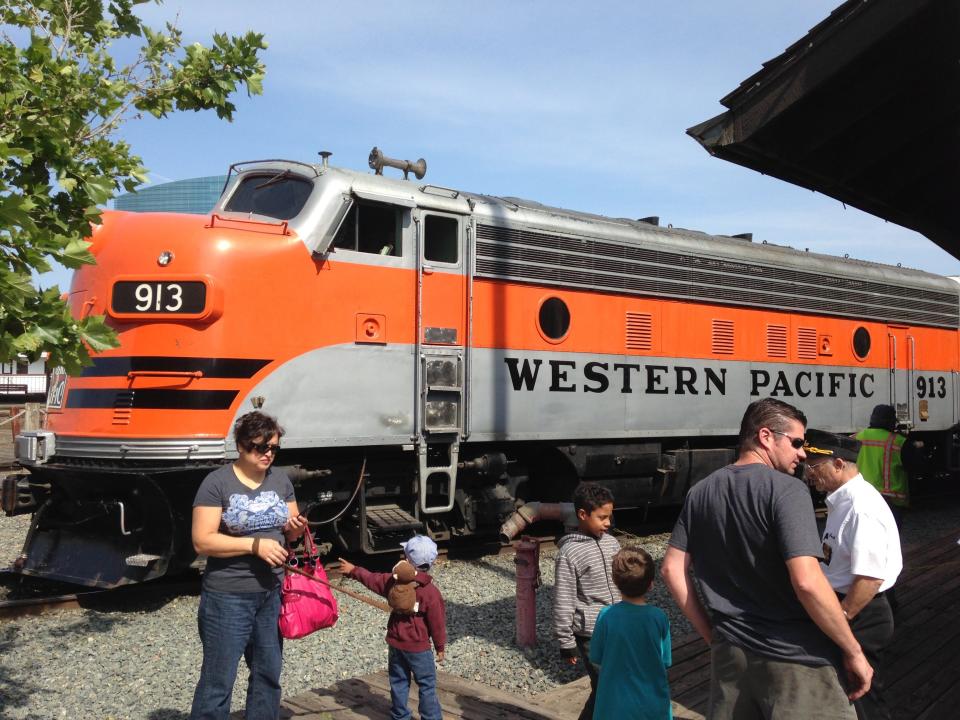
Just a block away is the California State Railroad, 111 L St., one of North America’s finest and most complete rail museums. Admire the famed “golden spike” that connected the two segments of the transcontinental rail system, stand in awe of a 1,000,000 pound steam locomotive, admire a beautiful dining car with elaborate China settings and delight in a swaying Pullman sleeping car.
Make a day or weekend of Old Sacramento; overnight lodging is available on the Delta King (historic riverboat built in Stockton in 1927, a floating museum in its own right) and the nearby Embassy Suites (beside the historic Tower Bridge).
For more info: California Automobile Museum, calautomuseum.org, (916) 442-6802; California State Railroad Museum, californiarailroad.museum, (916) 323-9280; Old Sacramento, oldsacramento.com, (916) 442-7644; Sacramento History Museum, sachistorymuseum.org, (916) 808-7059; SMUD Museum of Science and Curiosity, (916) 674-5000, visitmosac.org.
Contact Tim Viall at tviall@msn.com. Happy exploration in the west.
This article originally appeared on The Record: Take a short road trip to Old Sacramento's auto, science museums

